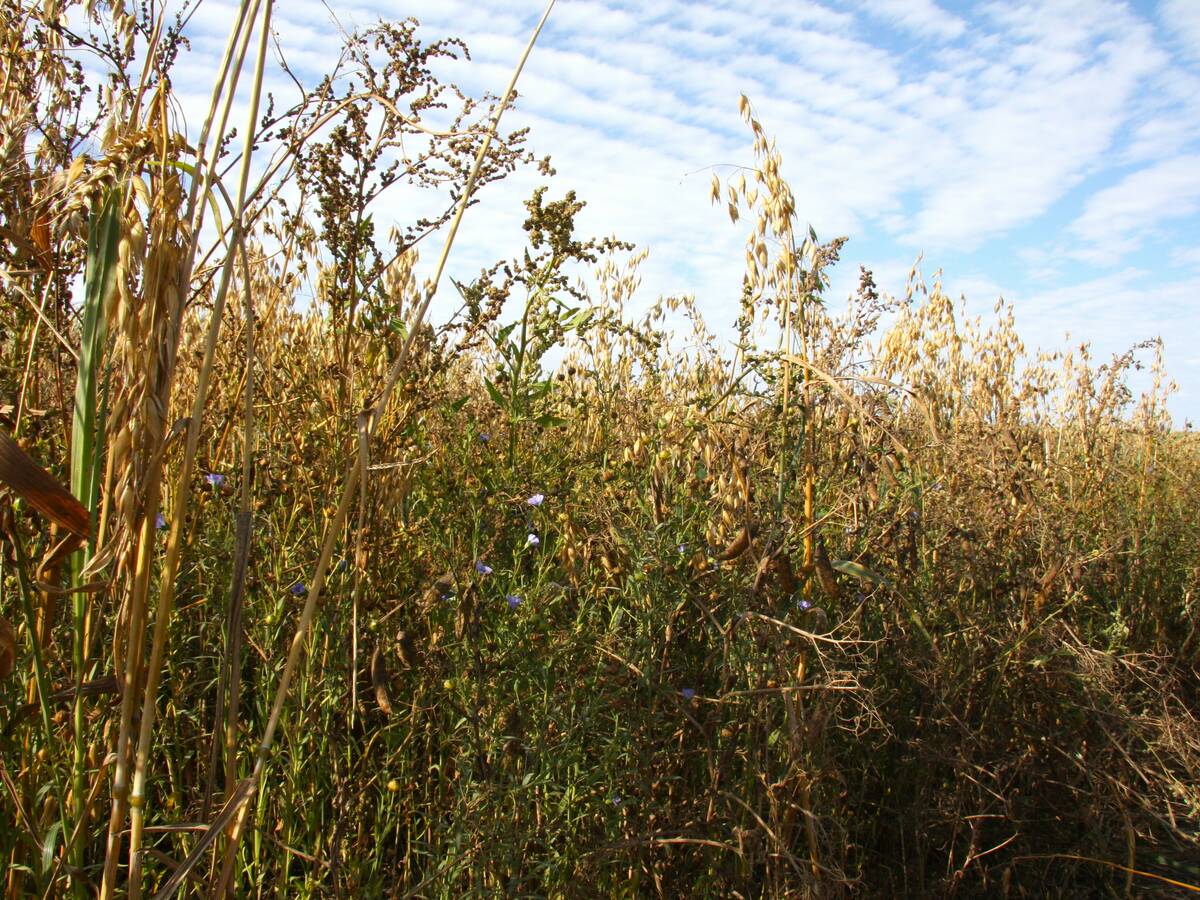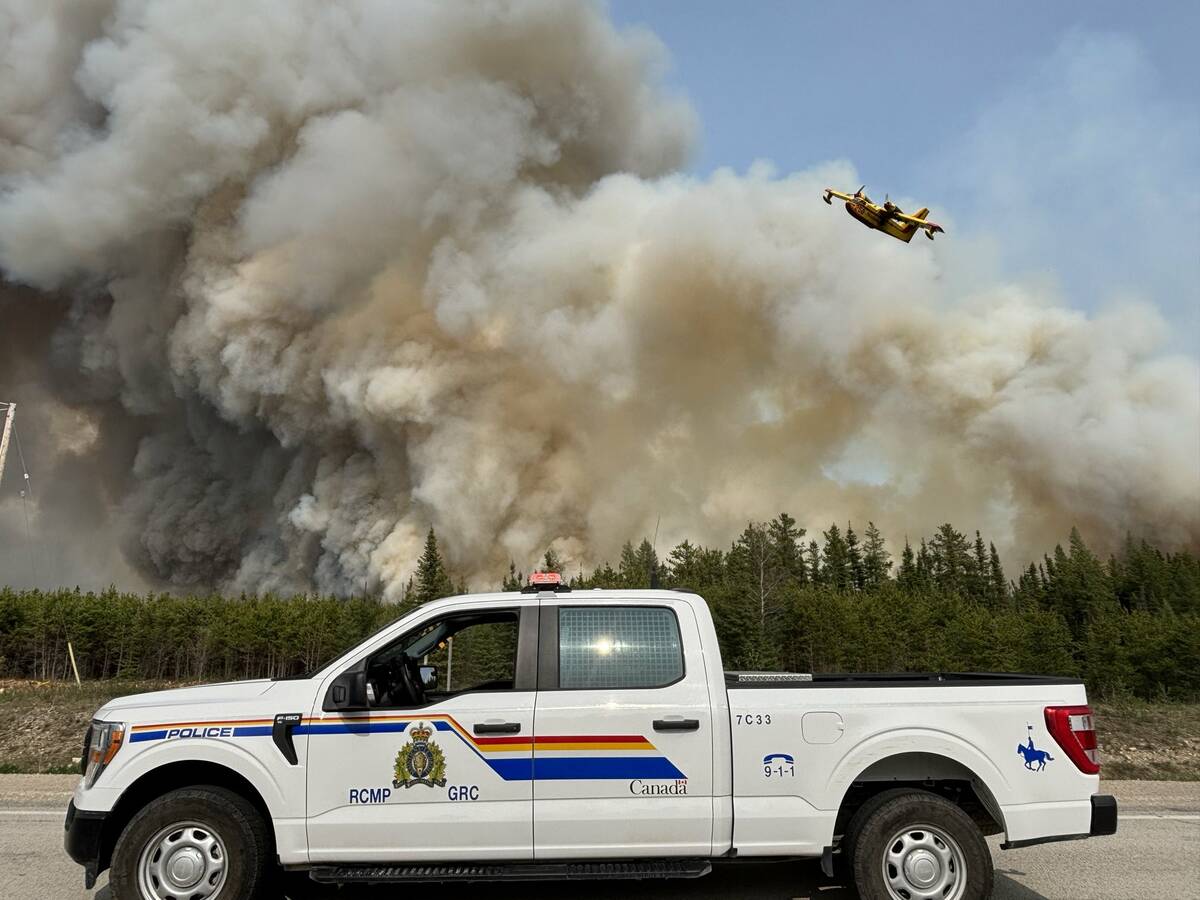Manitoba has called off its provincial state of emergency.
Premier Wab Kinew and Transportation and Infrastructure Minister Lisa Naylor, whose department is responsible for Manitoba’s Emergency Management Organization, made the announcement June 23 during a wildfire update.
It’s been three weeks since the province announced the state of emergency May 28. The move was in light of widespread dangerous wildfires and high fire risk across the province.
At one point, it was reported that about 21,000 people across 27 communities had been evacuated due to fires, some of which blanketed hundreds of thousands of hectares under a single fire zone, caused property losses and, in the case of a sudden and fast-moving fire near Lac du Bonnet, killed two people.
Read Also

PepsiCo nearly doubles regenerative scope
Another 240,000 farm acres managed through regenerative agriculture will be supported by PepsiCo across Manitoba and Saskatchewan by the end of 2025.
Fires that crept into agricultural areas led Manitoba auction marts to offer space for fire-evacuated livestock back in May.
Some of those evacuees have since gotten permission to head home. In the last week, Flin Flon and Lynn Lake residents got the news that their manadory evacuation orders would be lifted. Likewise, previously evacuated communities in eastern Manitoba have seen residents return and parts of the Whiteshell and Nopiming provincial parks have re-opened.
Many of those announcements have come with warnings that residents should be prepared to leave again, should the fire situation in their area take a turn.
The province’s tight fire restrictions have also eased somewhat. Some trails in provincial parks have been reopened and fires are allowed in approved pits between 8 a.m. and 8 p.m., although back country camping restrictions are still in place and burn permits are still cancelled in certain risk areas.
“The decision to lift the state of emergency reflects the progress made on the ground and the dedication of the firefighting teams,” Kinew said June 23.
“As a government, we acted when we needed to and now we’re stepping back at the right time. This is still a serious situation so we will remain vigilant and prepare for any changes but this marks a positive step for Manitoba.”
Naylor also tipped her hat to those who have spent the last weeks battling the blazes.
“I want to extend my deepest gratitude to the front-line responders, the Emergency Management Organization and government departments for their continued efforts during this wildfire crisis,” she said.
“Their co-ordination, dedication and tireless work has been instrumental in protecting lives, property and communities across Manitoba and I know that they continue to work to keep Manitobans safe.”
As of June 22, the Manitoba Wildfire Service noted 25 active fires burning. Of the 17 that merited a full firefighting response, 10 were considered in control and two were being held.
An update sent out in the afternoon June 23 said more than 909,000 hectares have been burned this year.
















